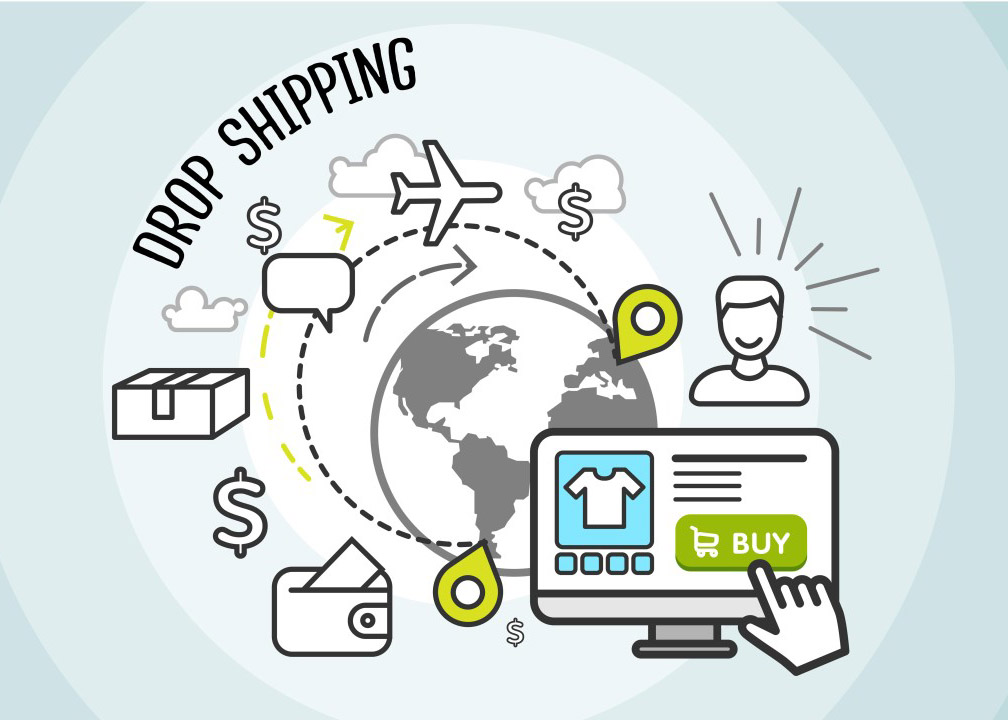Dropshipping is a popular retail fulfillment method where the store does not keep any inventory. Instead, when a customer places an order, the store buys the product from a third-party supplier who then ships it directly to the customer. The store acts as a middleman, handling the customer's order and payment, while the supplier takes care of inventory and shipping. The process begins with setting up an online store and selecting products to sell. The store owner imports the product information from the supplier's catalog into the store. When a customer places an order, the store owner sends the order details to the supplier, who ships the product to the customer. The store owner may provide tracking information and handle customer service inquiries. Dropshipping allows entrepreneurs to start an e-commerce business with minimal upfront investment, but it also means lower profit margins. It is important to choose reputable suppliers and provide excellent customer service for a successful dropshipping business.
Dropshipping is a retail fulfillment method in which the store doesn't keep the products it sells in stock. Instead, when a customer places an order, the store purchases the item from a third-party supplier (usually a wholesaler or manufacturer) who then ships it directly to the customer. In other words, the store acts as a middleman between the supplier and the customer, and it doesn't handle the inventory or shipping logistics.
Here's how dropshipping typically works:
- Setting up an Online Store: The first step is to create an online store through a platform like Shopify, WooCommerce, or other e-commerce solutions. This store will be the front-end where customers can browse and buy products.
- Selecting Products: Next, the store owner chooses which products they want to sell. They find suppliers who offer dropshipping services for those products. These suppliers could be domestic or international, depending on the target market.
- Importing Product Listings: The product information (including images, descriptions, and prices) from the supplier's catalog is imported into the online store. This is often done through integrations or apps provided by the e-commerce platform.
- Customer Places an Order: When a customer places an order on the online store and makes a payment, the store owner receives the order details.
- Order Notification to Supplier: The store owner then forwards the order and customer details to the supplier, along with the payment for the product at the wholesale price (usually discounted from the retail price).
- Supplier Ships Directly to Customer: The supplier processes the order and ships the product directly to the customer on behalf of the store. The package is typically sent without any branding or information that would indicate it came from the supplier.
- Tracking and Customer Service: The store owner may provide the customer with tracking information and handle any customer service inquiries or issues that arise during the shipping process.
The main advantage of dropshipping is that it allows entrepreneurs to start an e-commerce business with minimal upfront investment. Since they don't need to purchase and store inventory, there is less risk and overhead involved. However, it also means lower profit margins, as the store owner usually sells the products at a higher price than the wholesale price they pay to the supplier.
Dropshipping can be an appealing option for those who want to venture into e-commerce without the hassle of managing inventory and fulfillment. However, it's essential to choose reputable suppliers and offer excellent customer service to build a successful and sustainable dropshipping business.


